A leaking cooling system can result in costly repairs if the leak is not addressed. If the water pump has failed, then it will need to be replaced before the vehicle can be safely driven. In addition, leaking cooling systems can result in the failure of other engine components and compromise the safety of the vehicle. To properly identify the leaking area of the cooling system, you must determine from where each wet area under the hood or beneath the vehicle appears to be coming. Furthermore, you must ensure that the moisture is the result of a coolant leak and not an indication of an extraneous factor, such as wet road conditions, condensation, or other fluids.
Use of Coolant Dyes to Determine Leak Location
The amount of moisture present from the use of the air conditioner, humid weather, other fluid leaks, and road water splashes can make the process of identifying a leak through visual inspection difficult. However, several different types of coolant dyes are available to help you identify leaking zones within the cooling system. Some vehicles with known coolant leaks may be filled with pure water in place of antifreeze to save money, which makes distinguishing between a coolant system leak and other sources of moisture nearly impossible.
Manual Inspection of Wet Surfaces near the Radiator, Hose Connections, and Water Pump
If a coolant dye is unavailable, you will be forced to evaluate the source of each wet area near the components of the cooling system. Visually inspect the radiator, the hose connections, and the water pump for any obvious signs of a coolant leak. A malfunctioning water pump may appear to be leaking.
Most water pumps have a weep hole or weep chamber that allows water to escape from the bottom of the pump should the pump fail. In the event that you notice dripping coming from the area of the water pump, you can further evaluate if a faulty water pump is the cause of the problem. In addition, a malfunctioning water pump will increase the engine temperature, present a burning-like odor or even appear as a loss of functionality in the AC and heater system. If any of these situations occur further investigation would be warranted.
Pressure Testing the Cooling System
Pressure testing the cooling system is the most common diagnostic tool. It replicates the pressures the system experiences during operation without the vehicle running and at safer temperatures. If the system loses pressure coolant should be visible as a leak simplifying the repair process.
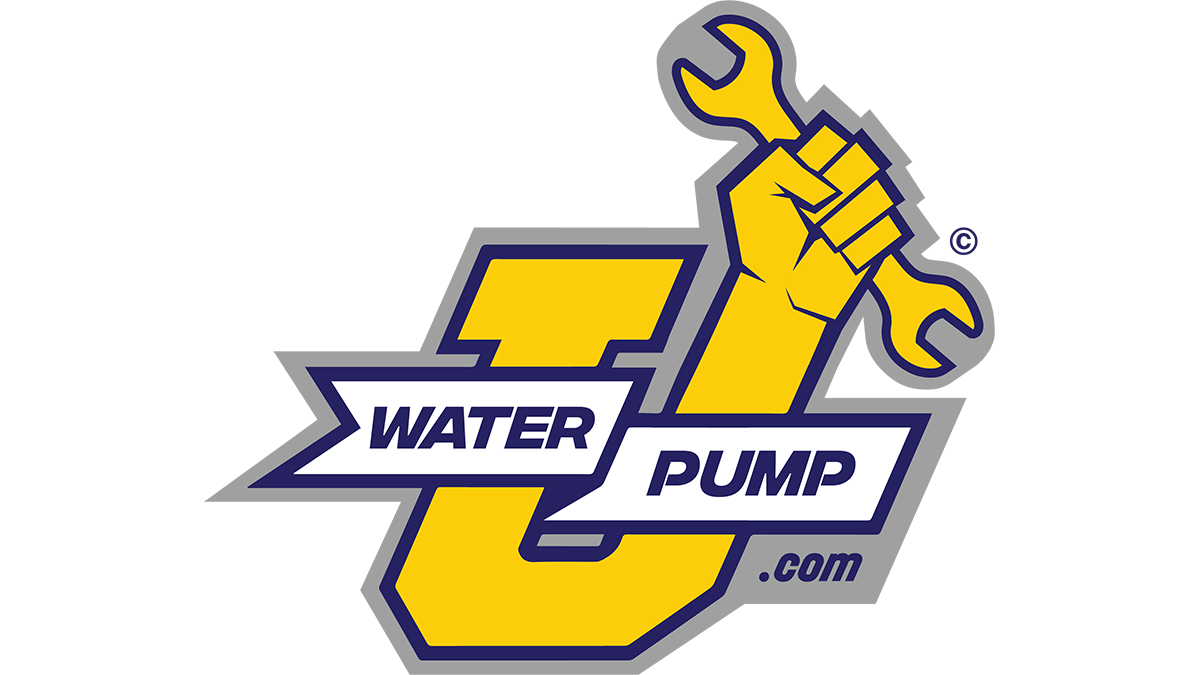
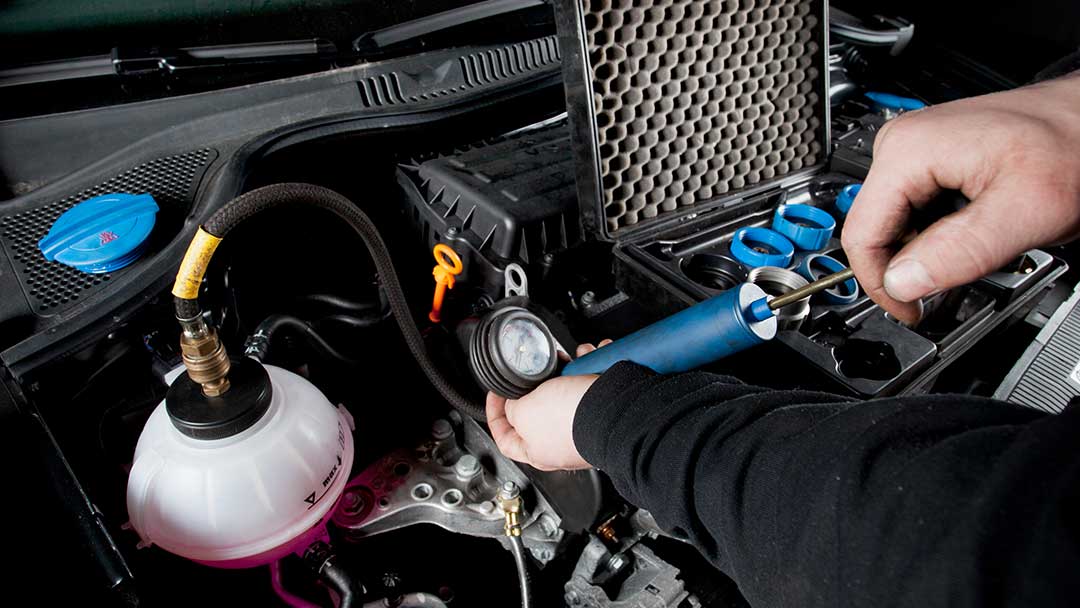

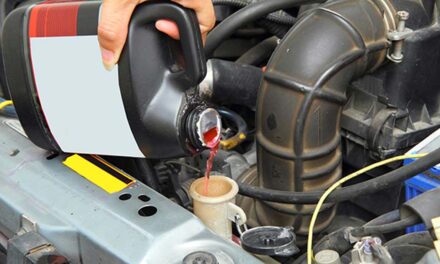
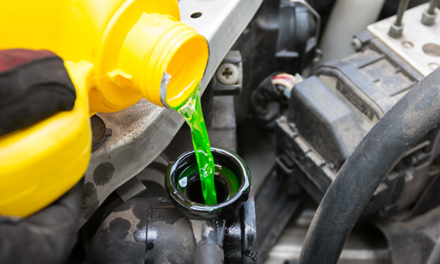
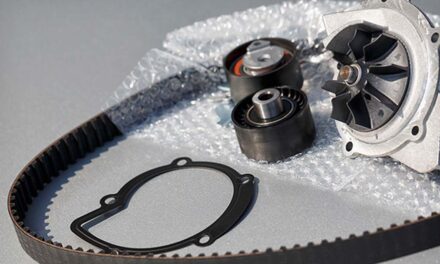

![[Vehicle Fitment]: Compatible with Buick Allure 05-10, Enclave 08-20, LaCrosse 05-08 10-16, Rendezvous 04-06 & Cadillac ATS 13-19, CTS 05-19, SRX 04-16, STS 05-11, XTS 13-19 & Saab 9-3 06-09, 9-4X 11, 9-5 10-11 & Saturn Aura 07-09, Outlook 07-10, Vue...](https://m.media-amazon.com/images/I/41WKoNzHalL._SL100_.jpg)

